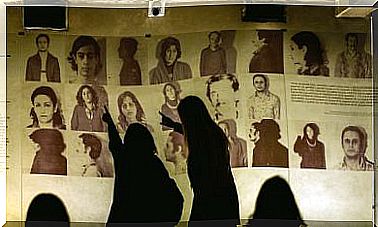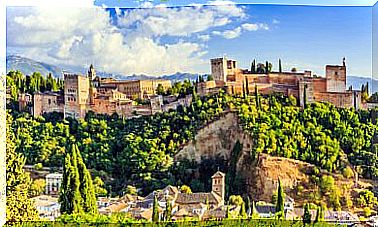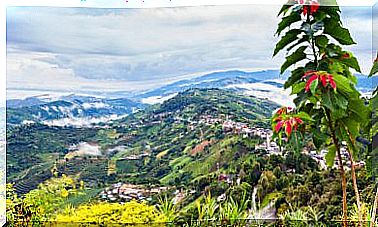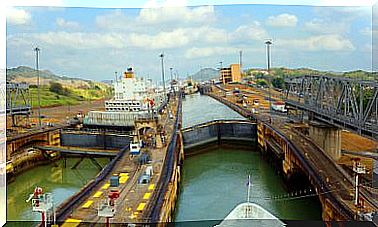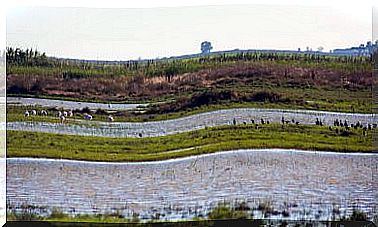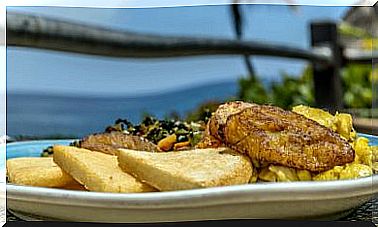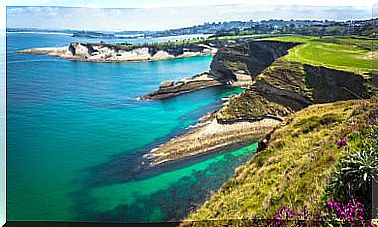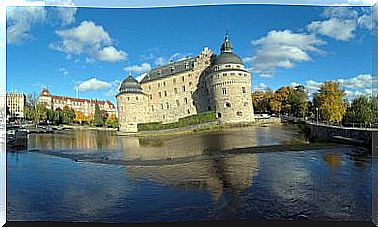What To See In Porto
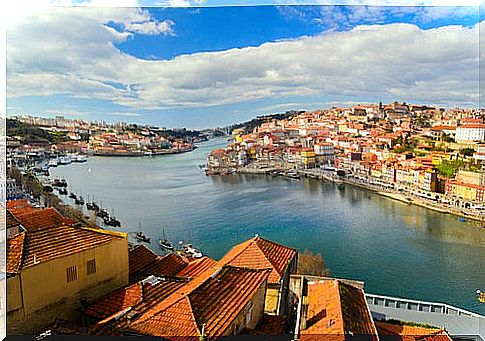
Knowing that the historic center of Porto is declared a World Heritage Site by UNESCO, one can quickly imagine the answer to the question, what to see in Porto? It is an important cultural and urban destination located in the north of Portugal.
There is a phrase in Portugal that tries to define some of its main cities:
This is because Porto is one of the most developed cities in the country and one of its economic mainstays, which does not mean that it is not enormously attractive.
Porto on the banks of the Douro
The most emblematic image of the city is the Ribeira area, on the banks of the Duero. It is the old fishing district of the city, there are crowded with the most traditional houses settled on a hill.
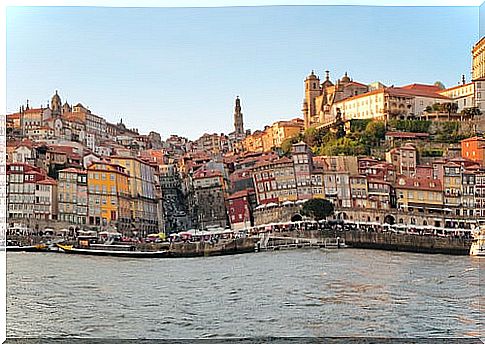
The houses closest to the river have colorful facades and today they have been transformed into countless taverns and restaurants for tourists, since everyone who visits Porto walks these streets on more than one occasion.
It is difficult not to enter these establishments to taste the delicacies of the local gastronomy, especially the great variety of dishes whose main ingredient is cod, cooked in hundreds of ways.
All these restaurants have their outdoor terraces to enjoy the views of the Ribeira. A beautiful panoramic view of the river, the bridges that cross it and the town located on the other bank, Vila Nova de Gaia.
The bridges of Porto
There are several bridges that cross the Douro and link Porto with Vila Nova de Gaia. From among these bridges are two: Maria Pia Bridge and Luis I. Both converted not only into important infrastructures, but into monumental attractions in their own right.
The María Pia Bridge is for railway use and has a single arch measuring 345 meters across. It is a jewel of iron engineering that was developed during the 19th century, since it was completed in 1887.
A few years later the Louis I Bridge was created . It was finished in 1886 and was designed by one of Gustave Eiffel’s disciples. Since then this graceful and towering bridge has become one of the emblems of the city.
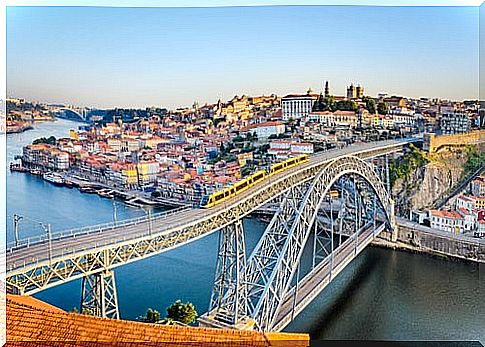
It continues to be the main connecting route between the two banks of the river and can be crossed on foot, by car or by tram. Crossing it is a must in Porto. Not only to admire this great work and the views it provides, but also to get to know the Port wine cellars, which paradoxically are located in Vila Nova de Gaia.
The churches of Porto
As we said at the beginning, the historic center is a World Heritage Site for its important monuments. And among all that set, the historical temples of the city attract attention.
One of them is the Cathedral or Sé, whose appearance is closer to that of a medieval fortress than to a temple. Its construction began in the 12th century in Romanesque forms and the two twin towers on its façade that flank a beautiful rose window attest to those origins.
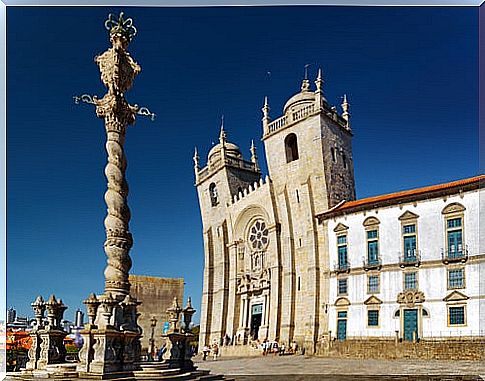
The Cathedral sits on a raised esplanade and from there you can see the 18th century Episcopal Palace and the pillory where the condemned were executed. It is also an excellent viewpoint over the city.
Nearby is the dos Grilos church, a temple that is considered a pioneer of Portuguese Baroque architecture and in whose interior the collection of an interesting Museum of Sacred Art is exposed.
There are many other churches in Porto, but if only one had to be mentioned, it would be the Clerigos. A baroque temple, with a 76-meter tower that in addition to serving as a bell tower historically was also a beacon for river navigators.
Porto and the tiles
The tradition of tiles applied to architecture is typical in Portugal and also in Porto, where there are very interesting examples from different periods and in various types of buildings.
For example, the churches of San Ildefonso or the Chapel of the Souls of Santa Caterina show facades covered in ceramics illustrated with images in white and blue.
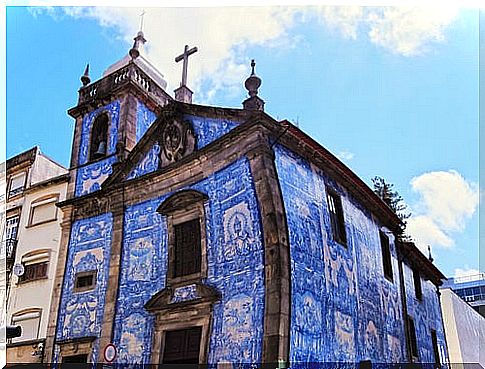
Meanwhile, San Bentao station has a set of more modern and colorful tiles. They were made in 1930 and you can see a hall full of tiles where historical episodes of the city are related.
Traditions in Porto
Besides tilework there are other interesting traditions in Porto. One of them is the rich gastronomy. To taste it, we have already pointed out that the Ribeira is an ideal place, as well as the restaurants near the Palacio de la Bolsa, another of the outstanding buildings of the monumental complex.
Although if you want to see and buy the classic products of Porto dishes, you can also go to the oldest shops in the center, or better yet, to the Bolhao Market. A traditional market integrated into a historical and very popular monument.
And logically speaking of culinary traditions in Porto, you cannot miss the Port wine, a sweet wine famous all over the planet and that for centuries has carried the name and flavor of the city on the five continents.
